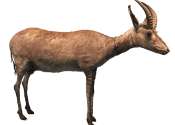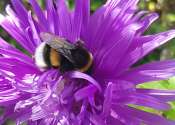Why European colonization drove the blue antelope to extinction
The blue antelope (Hippotragus leucophaeus) was an African antelope with a bluish-gray pelt related to the sable and the roan antelope. The last blue antelope was shot around 1800, just 34 years after it was first described ...









